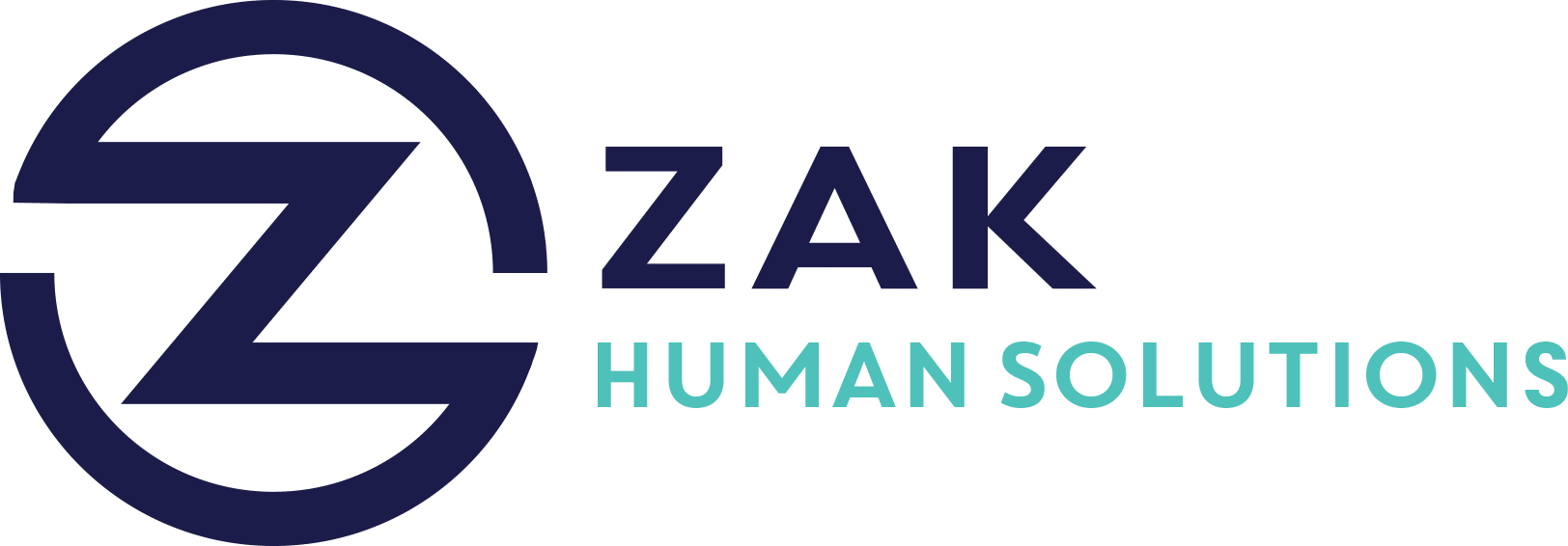Key Takeaways
- HR is not just for company protection; it also supports employee benefits and development.
- Many employees mistakenly believe HR always sides with management in conflicts, but they often challenge poor managerial practices.
- It’s crucial to raise workplace grievances with HR early, rather than waiting for an exit interview, to improve conditions for all.
- Venting to HR about coworkers may not be effective unless there is a formal complaint; documenting issues and approaching management first is advisable.
Human Resources (HR) departments often find themselves at the center of organizational dynamics, yet they are frequently misunderstood. The myths surrounding HR can be detrimental not only to employees but also to the efficacy of workplace operations. This blog post aims to clarify these misconceptions and offer guidance on how to effectively engage with HR for a more harmonious work environment.
Understanding the Role of HR
Many people view HR solely as a department that exists to protect the company. While it is true that HR serves the company’s interests, limiting its role to this perspective overlooks the well-rounded functions HR provides.
- Employee Support: HR is not just about company protection. It is a pivotal player in supporting employee benefits and development initiatives, ensuring that the workforce is not only secure but also thriving.
- Training and Development: HR is instrumental in offering training programs and development opportunities that empower employees to advance in their careers.
Myth 1: HR Always Sides with Management
A prevalent misconception is that HR automatically sides with management during disputes. This is not necessarily the case.
- Balanced Mediation: HR often challenges poor managerial practices and aims to mediate disputes in a balanced manner.
- Employee Advocacy: Many HR professionals advocate for employees by ensuring fair treatment, documented processes, and an unbiased approach to conflict resolution.
Raising Workplace Grievances
Waiting until an exit interview to voice grievances is too late to make a meaningful change.
- Proactive Engagement: Employees should feel encouraged to report issues early. Addressing concerns promptly enables HR to identify and rectify systemic problems, potentially benefiting the wider workplace.
- Open Dialogues: Constructive feedback to HR can lead to improvements in policies and work conditions for everyone.
Myth 3: HR is for Venting About Coworkers
Another myth posits that HR is a place to vent about coworkers. This approach is often unproductive unless supported by formal complaints.
- Formal Complaints: HR’s capacity to act is considerably higher when issues are framed as formal complaints, particularly when there’s a violation of company policy.
- Document and Resolve: Before engaging HR, document the issue and attempt to resolve it through direct communication with the concerned parties or through management.
When to Escalate Conflicts to HR
Understanding the right time to escalate conflict to HR can make a significant difference in resolution outcomes.
- Documented Patterns: If a problem persists despite efforts to address it with managers, it may be time to involve HR.
- Policy Violations: If the conflict involves a violation of company policy or ethical standards, escalate the issue immediately.
- Ineffective Management Resolution: If your attempts at resolving the issue through normal channels have failed, bringing the matter to HR could be the next step.
It’s vital for employees to recognize HR’s multifaceted role in the workplace. By debunking myths and understanding when and how to engage with HR, employees can foster a more conducive and supportive work environment. Approaching HR with understanding and preparedness can lead to improved employee-manager relationships and an overall more positive workplace culture.




